
Cinco de Mayo is a day that commemorates the unlikely victory of the Mexican troops against the French army in the 1862 Battle of Puebla. Originally celebrated in Mexico, it became popular in the U.S. during the 1940s and it is, today, an opportunity to celebrate Mexican culture and pride. But what do we really know about this iconic country, beyond the usual stereotypes? The prolific Mexican photographic tradition, whose authors have been documenting the country’s most diverse aspects for decades, offers an answer. From religion, colonization and indigenous history to migrations, influences, rituals and the relationship with the territory, these Mexican photographers offer a solid visual analysis of their country culture, issues and archetypes.
Eunice Adorno (Mexico City, 1982) – Eunice Adorno belongs to a new generation of Mexican photographers. Her work focuses mainly on everyday-life stories within and outside the country with a fresh perspective. In the series Flower Woman she has been documenting for a couple of years the lives of women in a Mennonite community in the north region of Durango. Her photographs describe their daily life and the intimate spaces they live in with sensibility. After having been a photojournalist for more than 10 years, she now focuses on her personal photographic and video work.
Luis Arturo Aguirre (Acapulco, Guerrero, 1983) – Luis Arturo Aguirre is another member of this new generation of Mexican photographers. He is best known for is work Desvestidas, in which he portrays transvestites. Aguirre is driven by a fascination for their ability to give new forms to their bodies, choosing to portray them naked with wigs and makeup, a context in which their male body cannot be hidden. His work has been included in Transatlantica, an international itinerant exhibition featuring the work of rising Latin-American photographers.
Alejandro Cartagena (Dominican Republic, 1977) – Alejandro Cartagena deals with the Mexican society of the 21st century and its current issues. In his work we can see the life of suburban areas, the influence of North American culture and the impact of living in a megalopolis. The later aspect stands out in Carpoolers, which narrates in a systematic and striking way the daily migrations of construction workers due to the constantly expanding suburbs of the city of Monterrey. Cartagena’s work is held at SFMOMA, the Museum of Contemporary Photography in Chicago, and the Museum of Fine Arts Houston.
José Luis Cuevas (Mexico City, 1973) – The work of José Luis Cuevas focuses on the human figure in portraits shot without filters. His raw, direct and conceptual style allows the spectator to enter the scene and the emotional status of the subject portrayed. In the project Nueva Era, Cuevas expresses his point of view on how religion and spiritualism affect the common Mexican man while guiding us on an exploration of the power of symbolism.
Mariela Sancari (Buenos Aires, 1976) – Born in Argentina but photographically raised in Mexico, where she has lived since 1997, Mariela Sancari presents an intimate and metaphoric work that orbits around personal experience. In Two Headed Horses, she faces the loneliness and changes that have affected her life and that of her twin sister after the suicide of their father when they were 14 years old. In Moisés, she stages the fictionalized research of her lost parent with portraits of men of the same age as her father. It’s a striking way of exploring the emotional impact that images can have, while questioning the concept of photography as evidence.
Ruth Prieto Arenas (Mexico City, 1983) – The photography of Ruth Prieto Arenas is characterized by a strong and symbolic use of color, which guides the viewers into the stories she narrates. In her most important project, Safe Heaven, she approaches the issue of migration by portraying the lives of young women who moved from Mexico to the U.S. In the series, she uses the color as a metaphor for diversity and acceptance while bringing us into the intimacy of their apartments, where elements like the Virgen de Guadalupe suggest a nostalgia for these women’s home countries.
Francisco Mata Rosas (Mexico City, 1958) – Francisco Mata Rosas is considered one of the most influential Mexican photographers of his generation. His works covers many of the relevant themes of the country’s recent history, from the 1990s conflict in Chiapas to the archetypes of the Mexican collective imaginary. In La Linea, he narrates the political and human conflicts that characterize the border between Mexico and the U.S., a place where “dreams rebound.”
Graciela Iturbide (Mexico City, 1942) – Graciela Iturbide studied cinema at the Universidad Autónoma de Mexico where she worked as a personal assistant for Manuel Alvarez Bravo, the father of Mexican photography. With a dramatic use of black and white, Iturbide covers daily life across the country with a particular focus on the role and condition of women in Mexican society. In Los Que Viven En La Arena, she documents a community living in the Desierto de Sonora; in her series El Baño De Frida, she portrays the intimacy of Frida Kahlo’s bathroom.
Pedro Meyer (Madrid, 1935) – Born in Spain, Pedro Meyer quickly moved to Mexico where he developed a career narrating the culture in Mexico and Latin America. His photography, often provocative and visionary, explores the limit of the visual language and questions the limit of traditional photojournalism. One of the most celebrated photographers of the continent, Meyer is considered a pioneer of Mexican photography as well as an early adopter of digital photography. In 1991 he launched the first CD-Rom with images and sound while in 1994 he founded the prestigious photography portal Zone Zero. In 2008 he presented Heresies, a retrospective of his work that was shown in more than 60 galleries across 17 countries simultaneously.
Giuseppe Oliverio is the Founder and CEO of the Photographic Museum of Humanity.



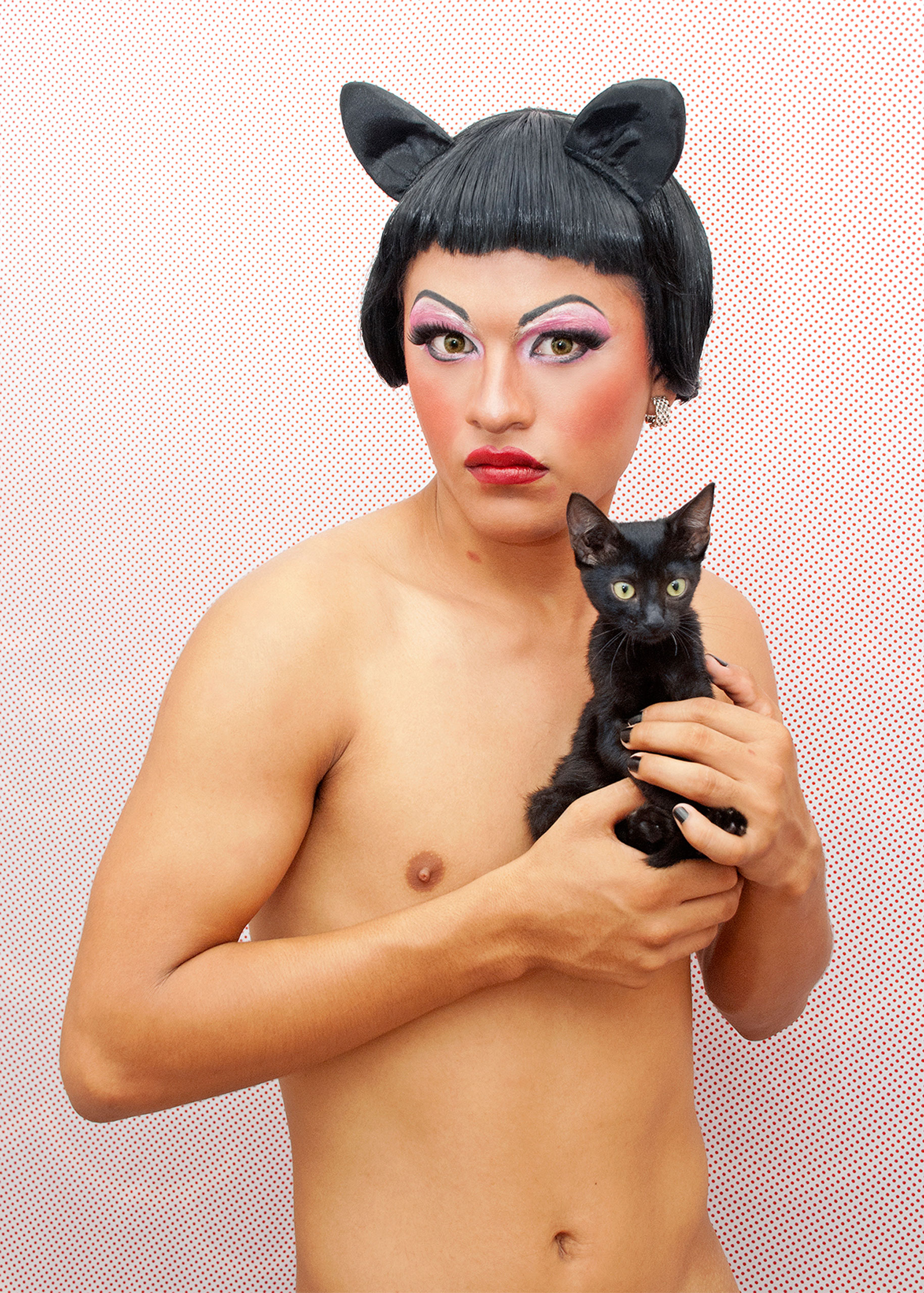
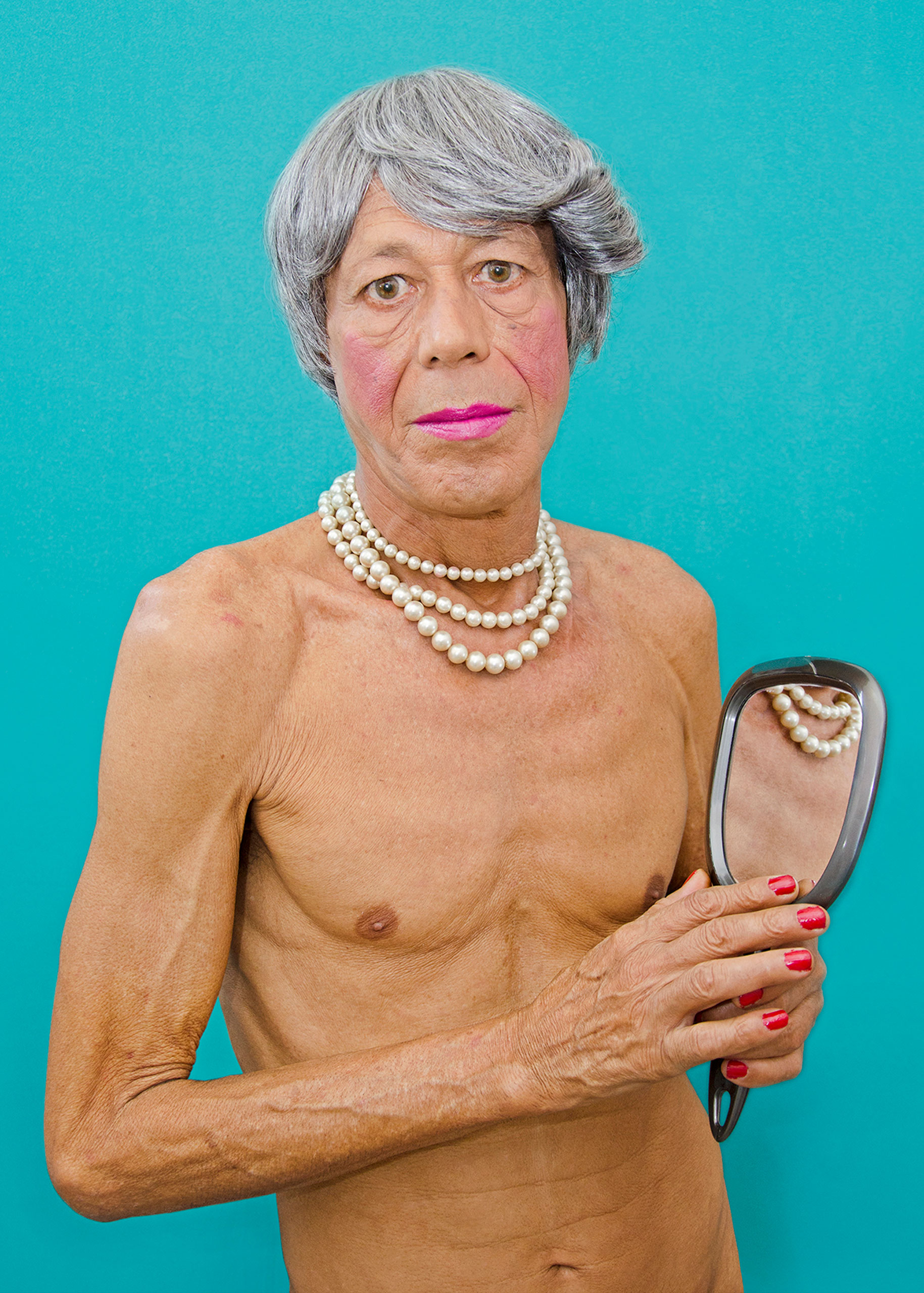
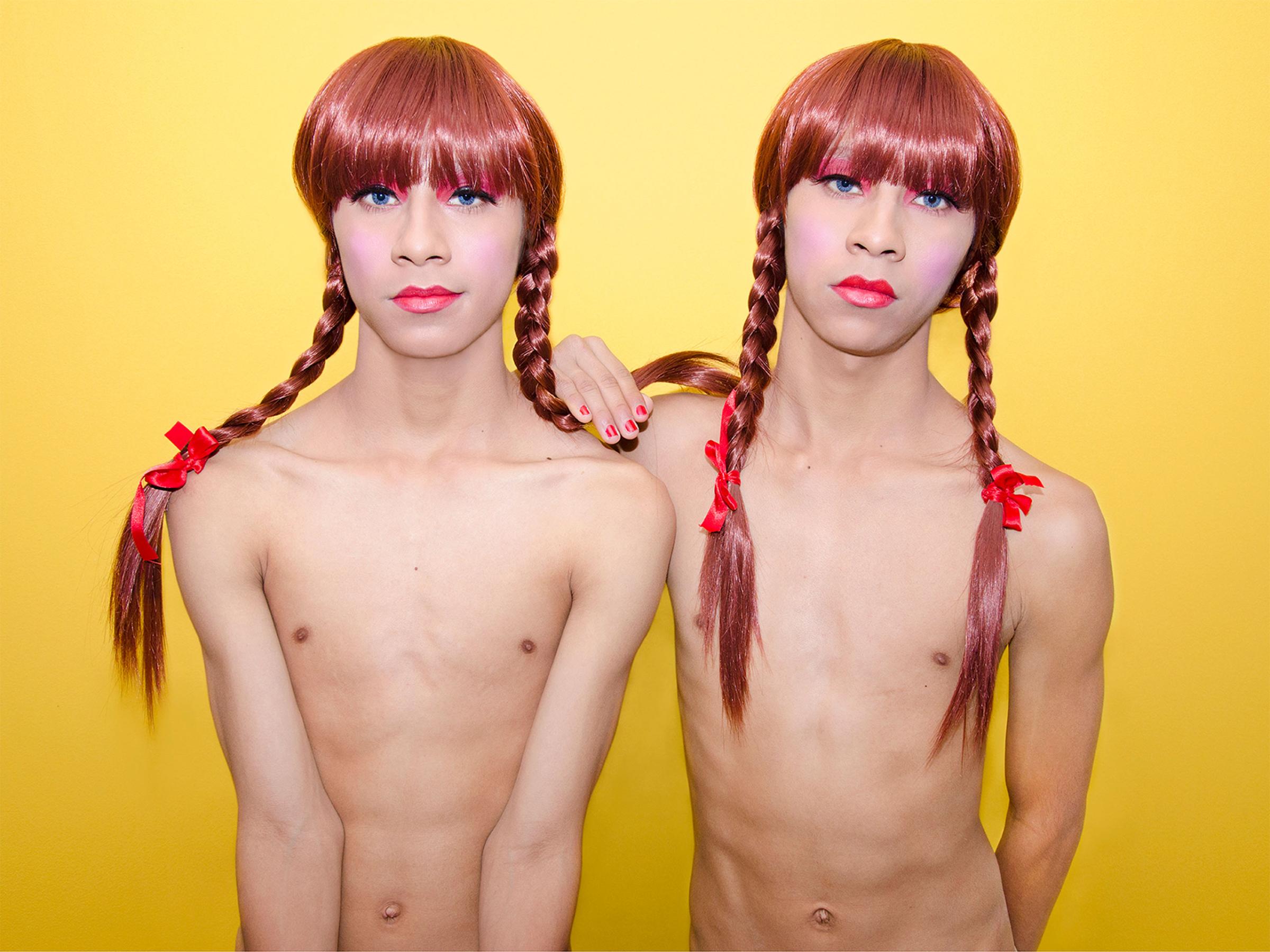
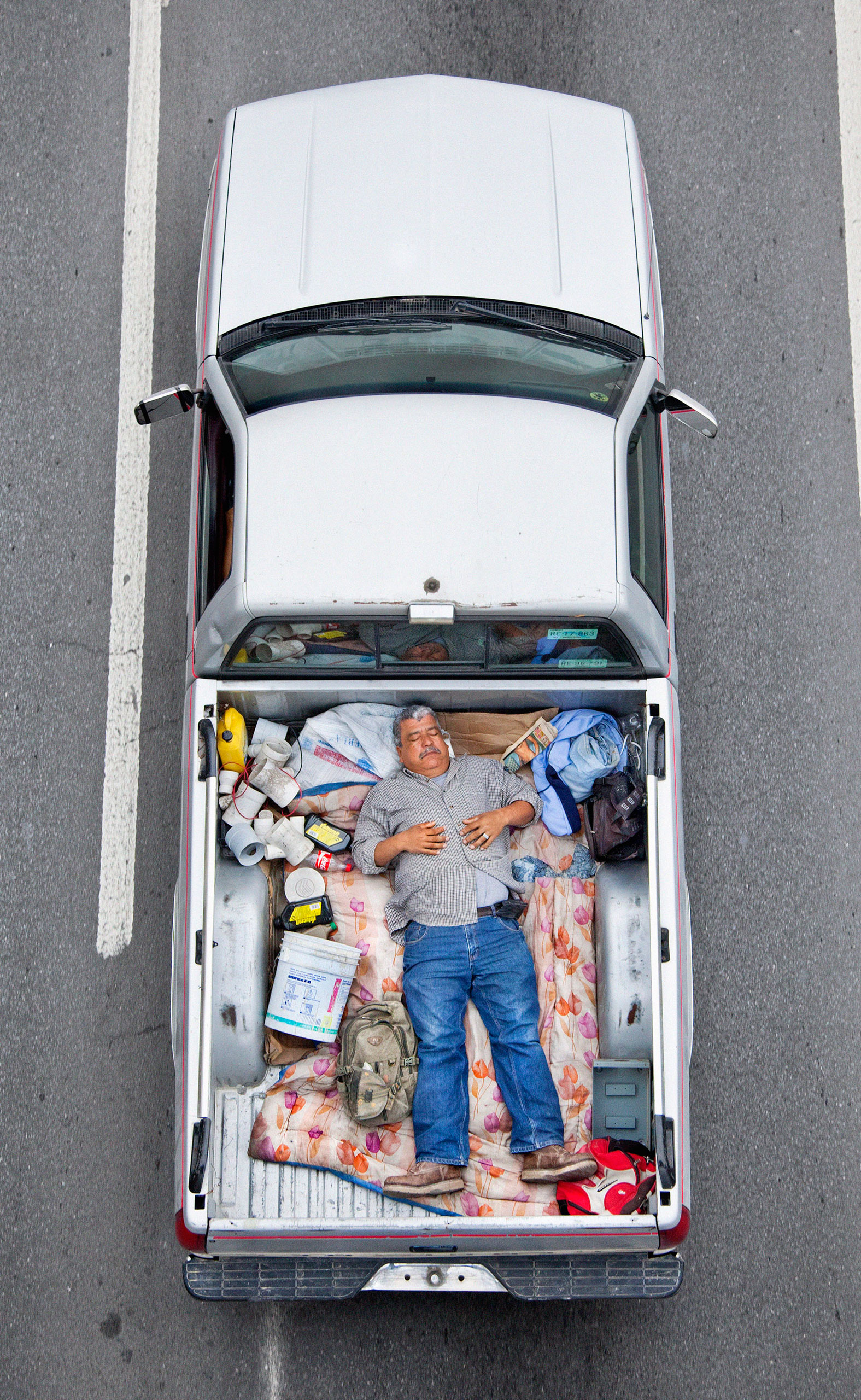
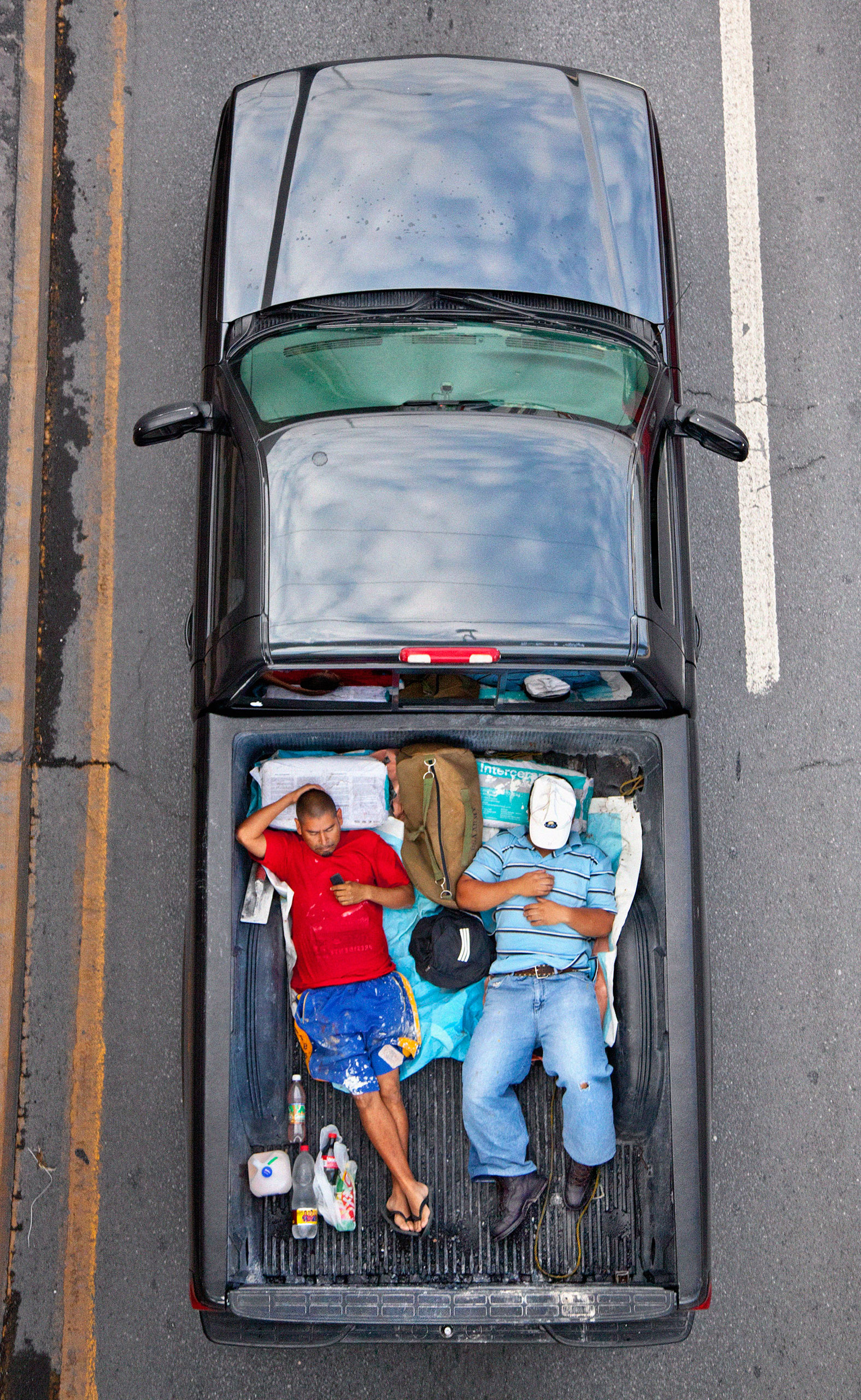
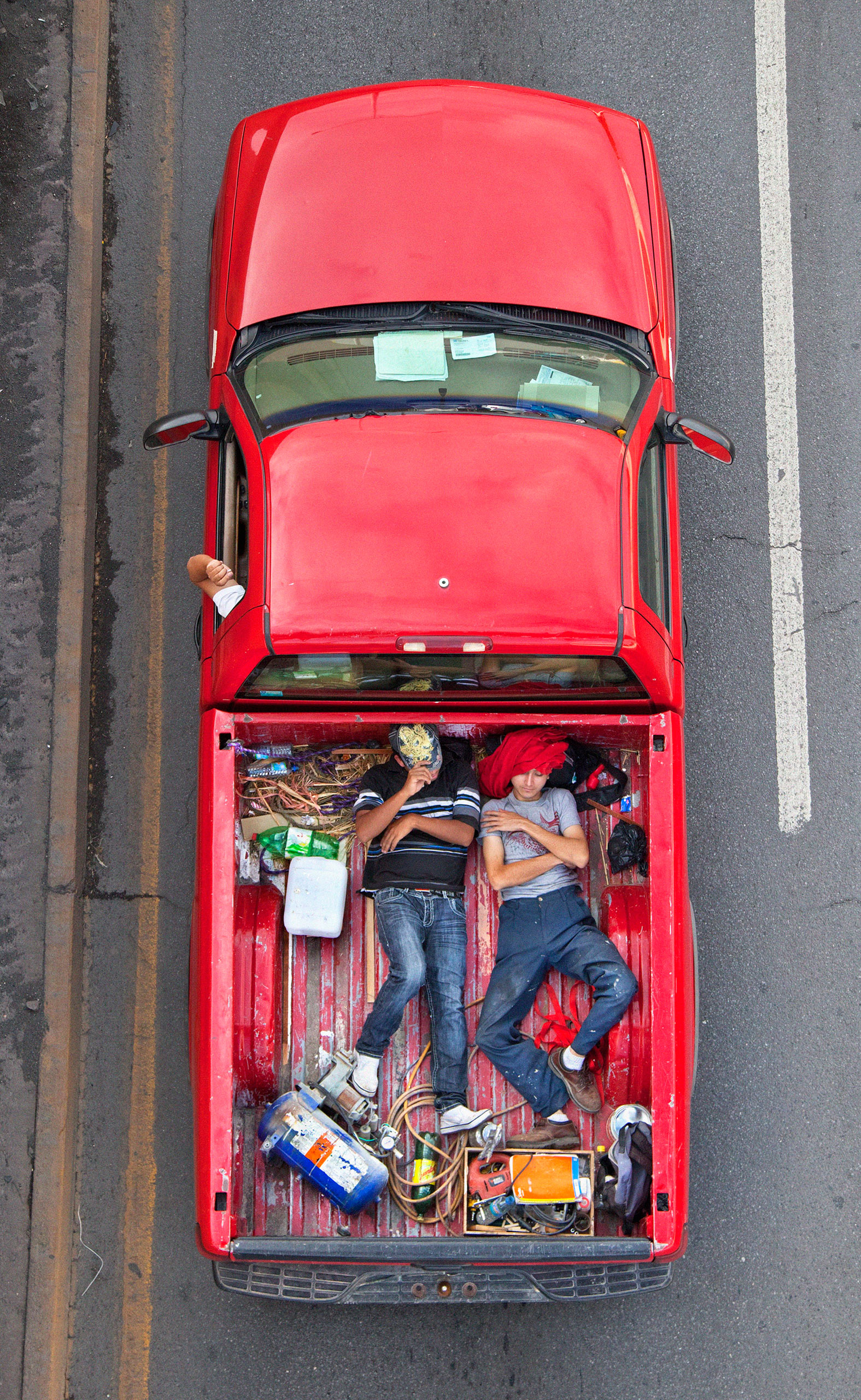

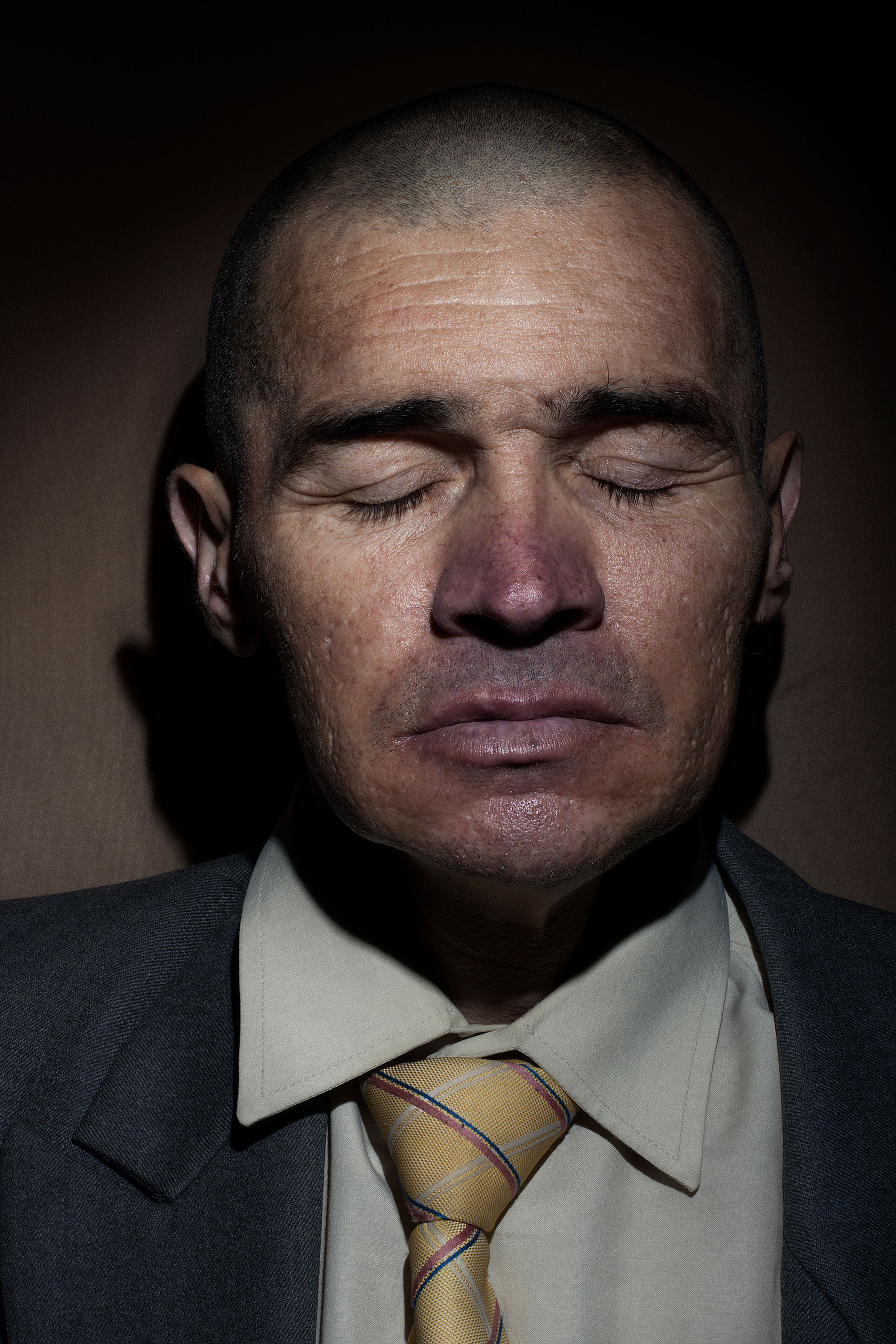
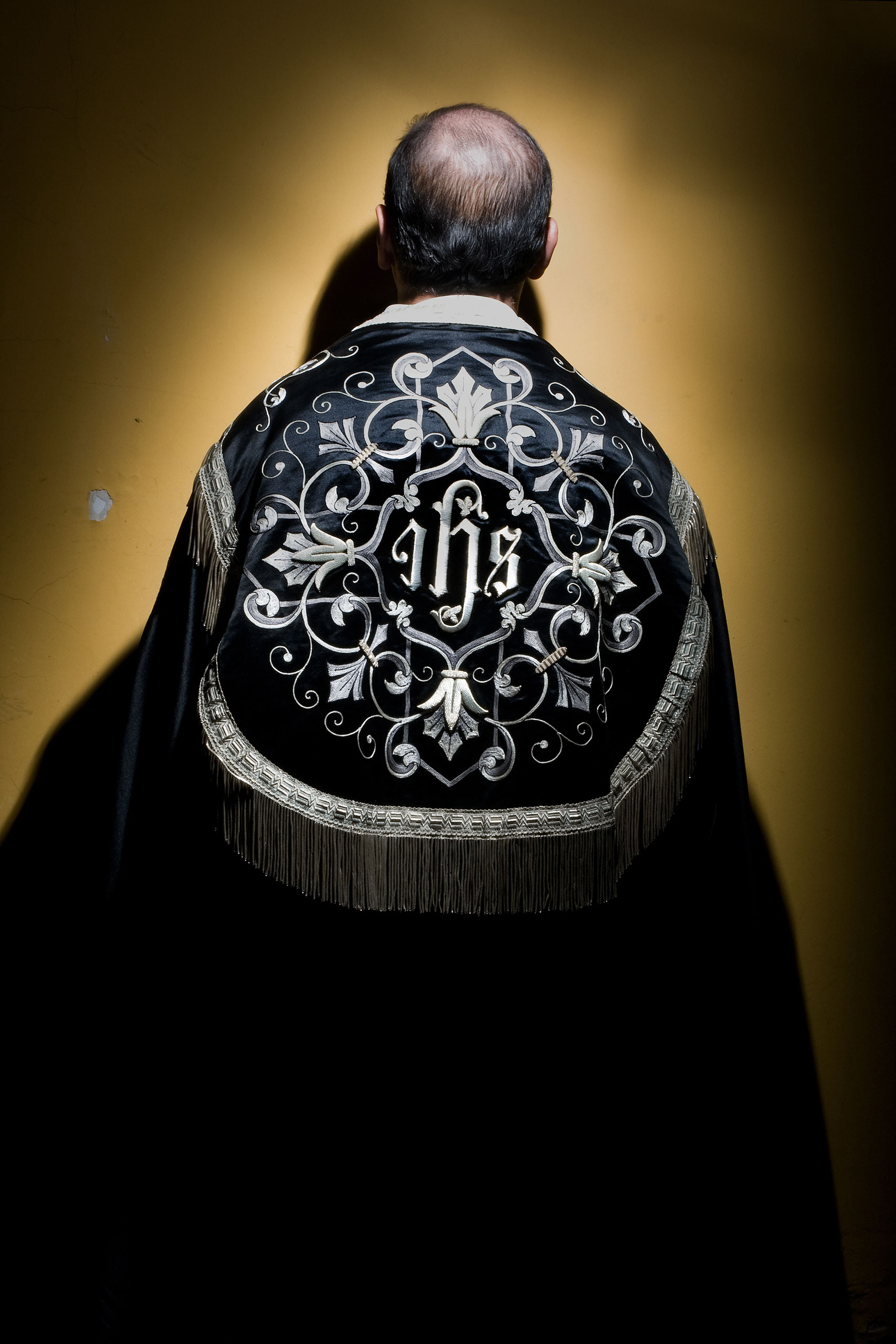
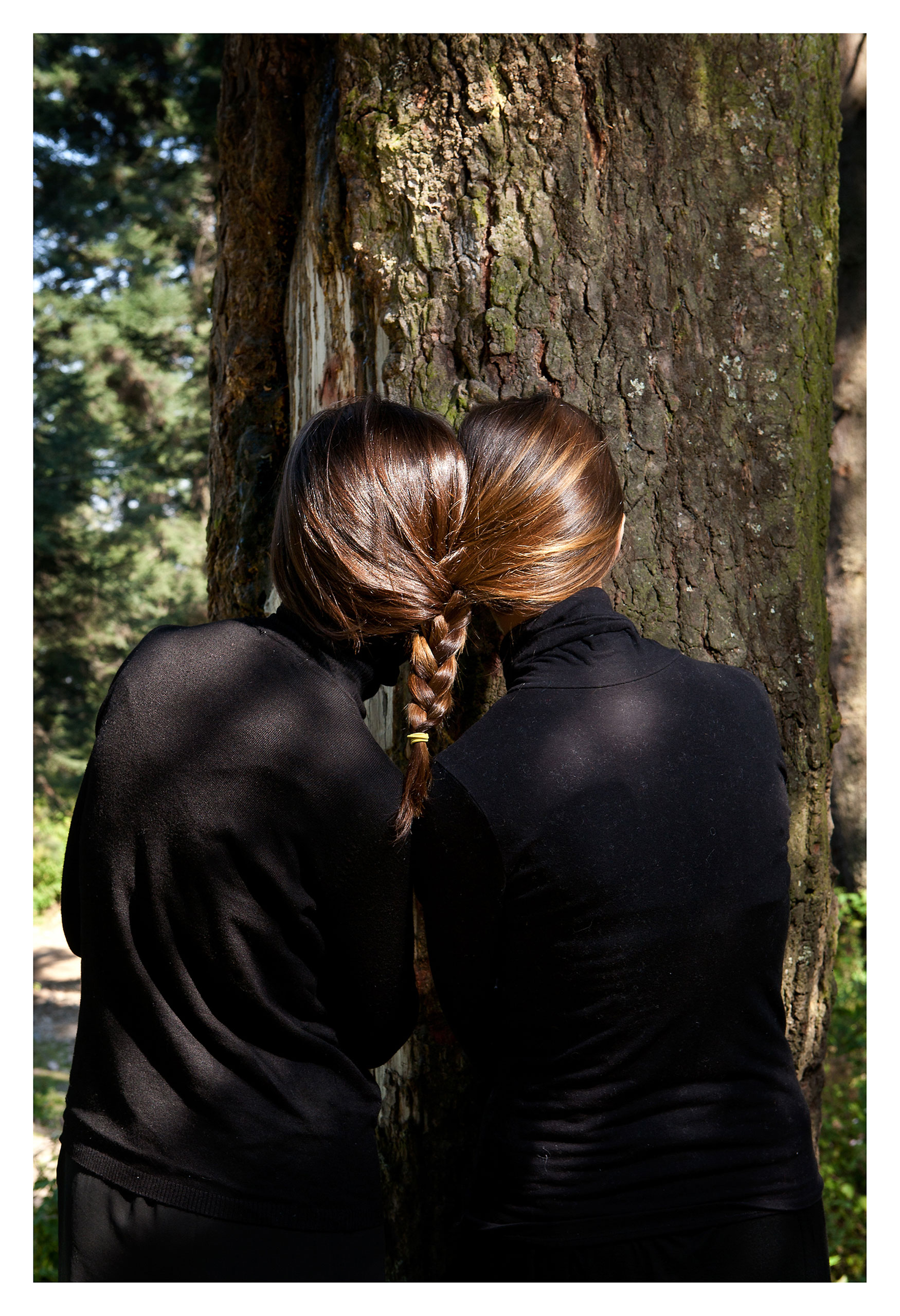
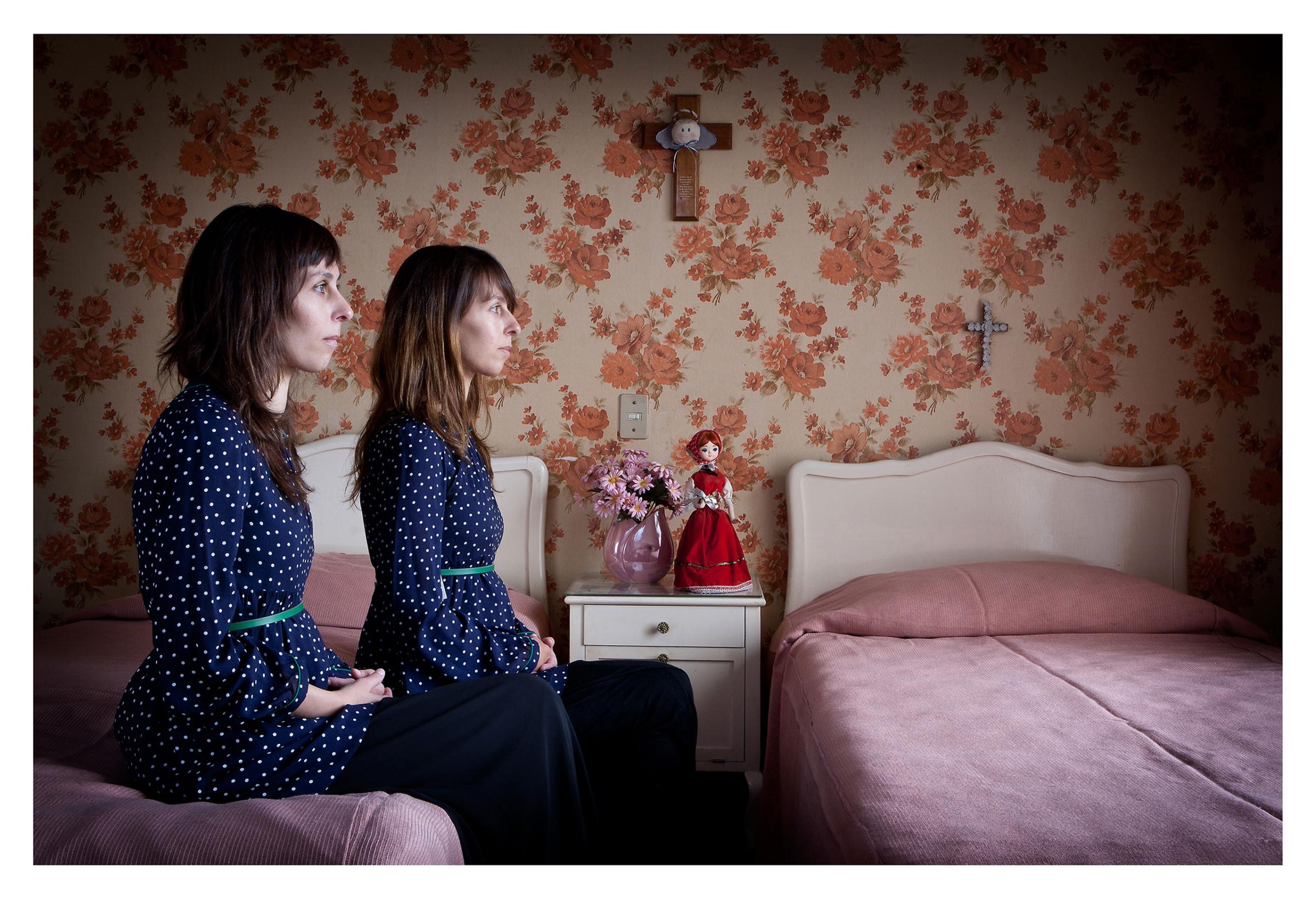




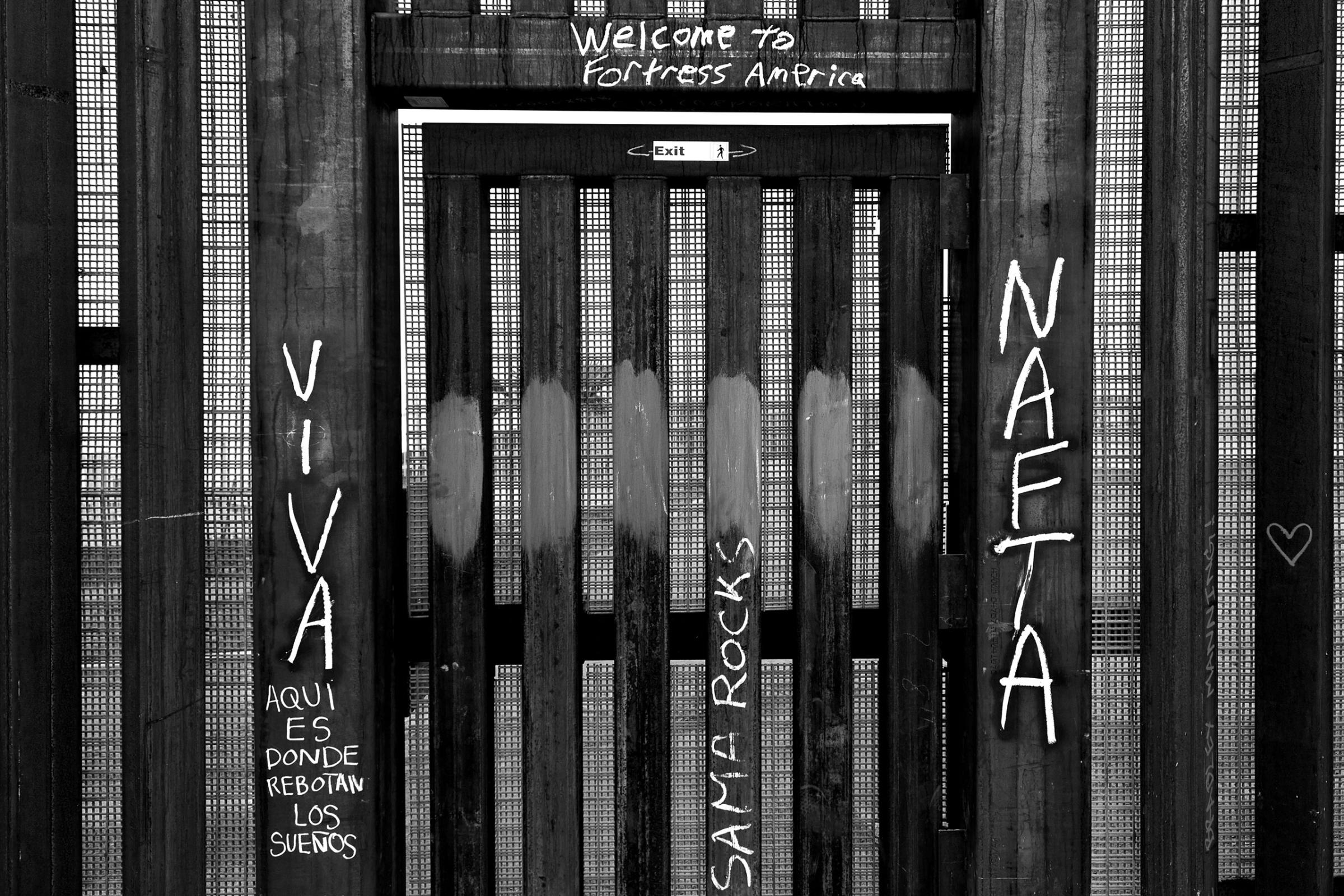
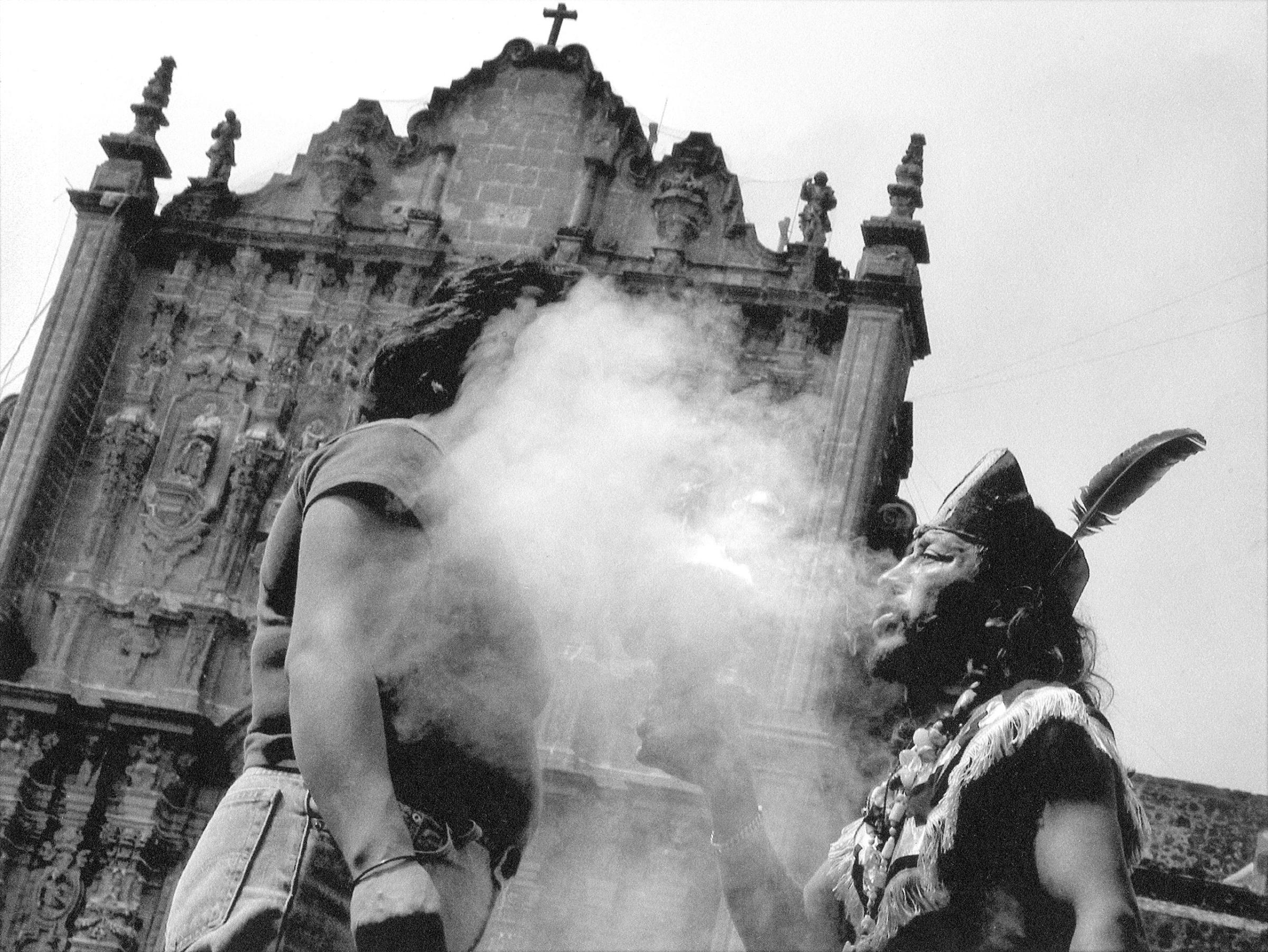
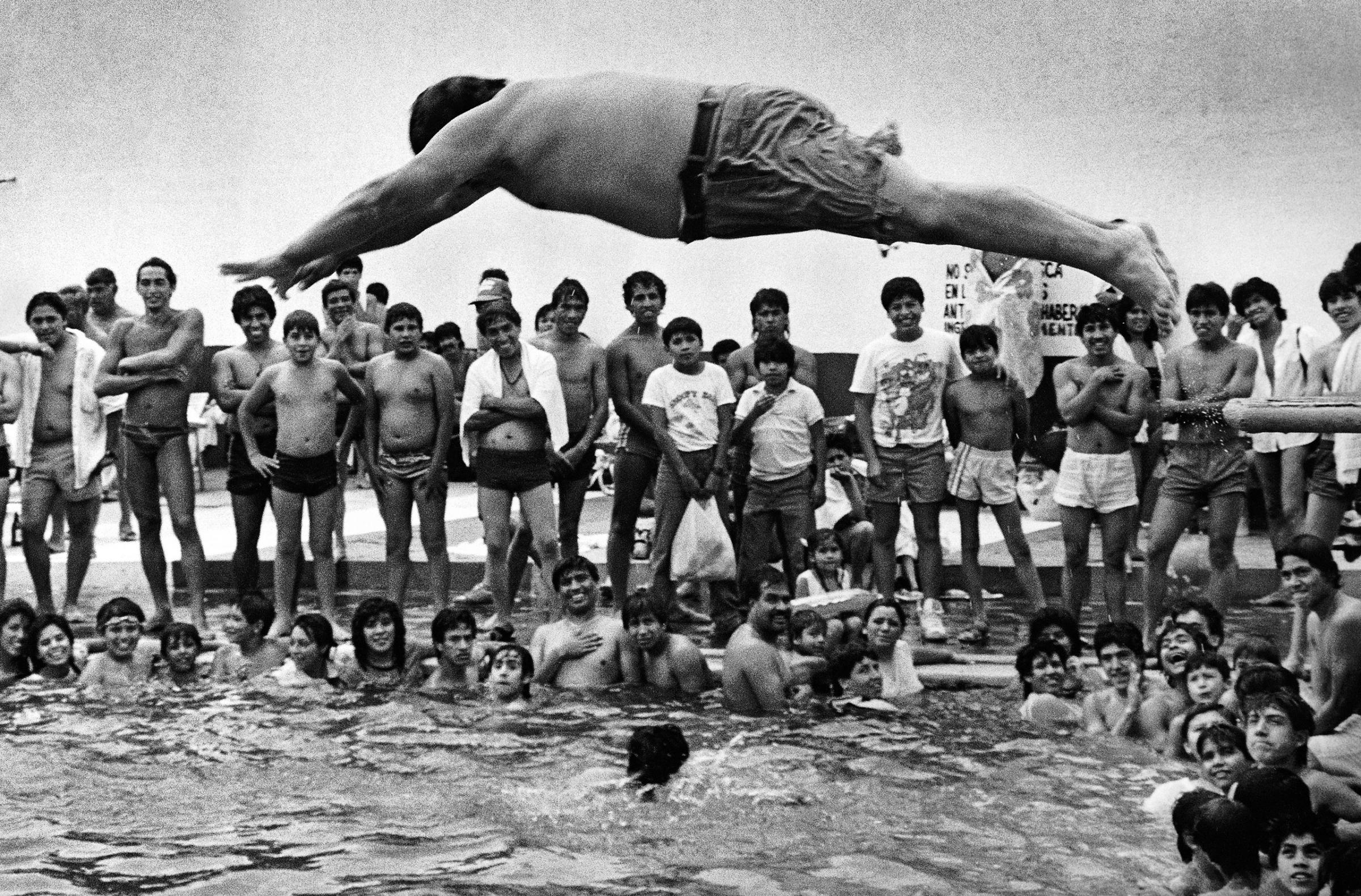
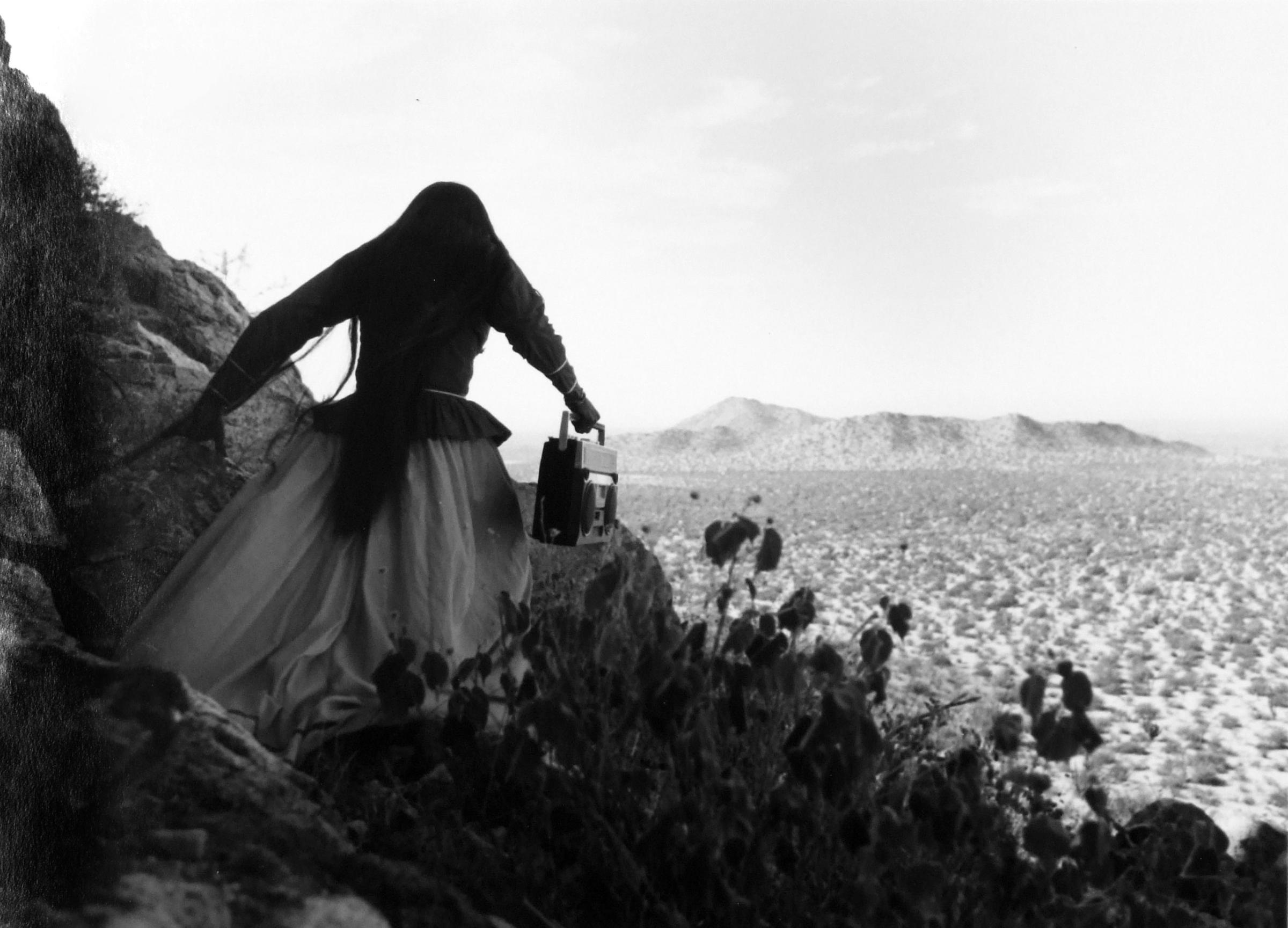
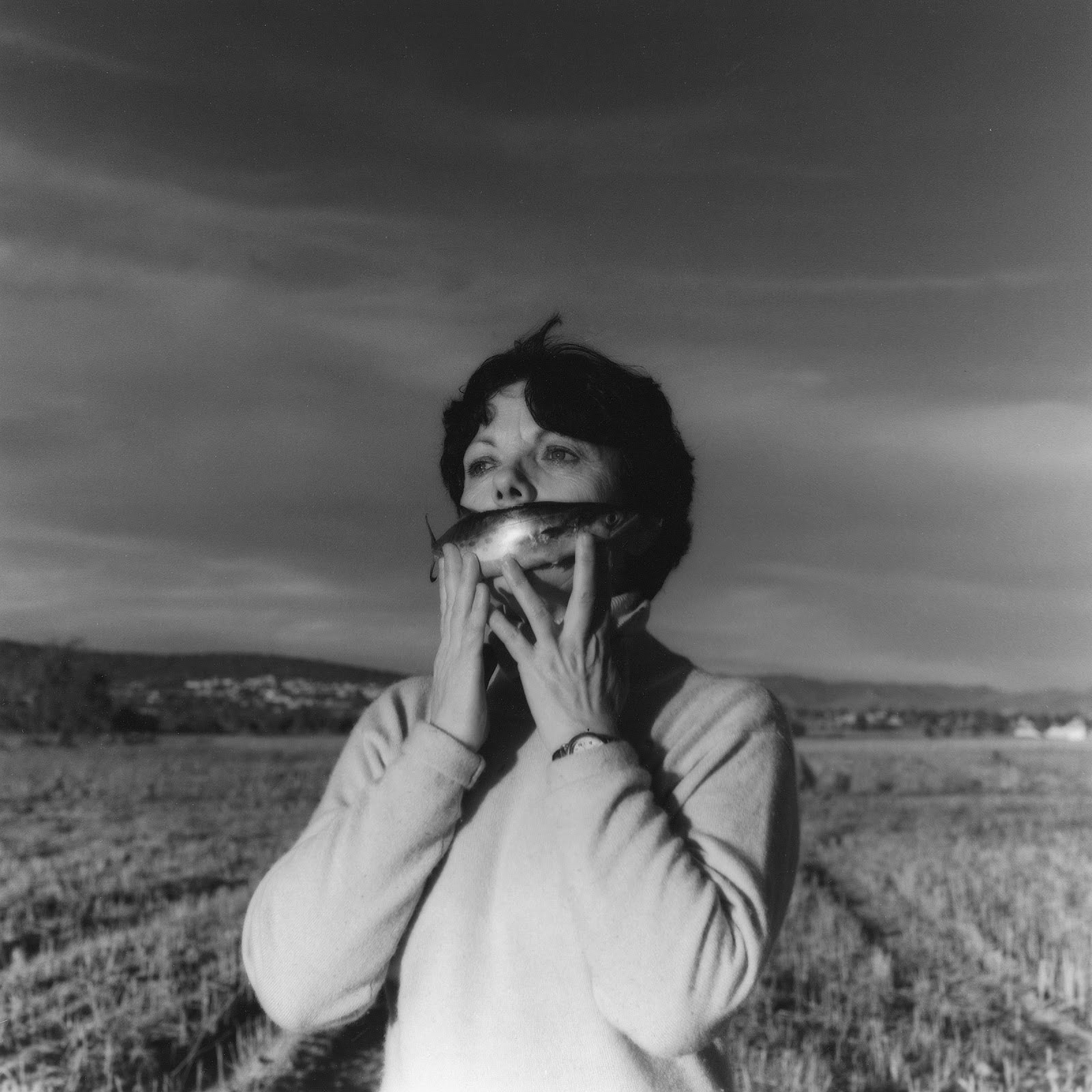
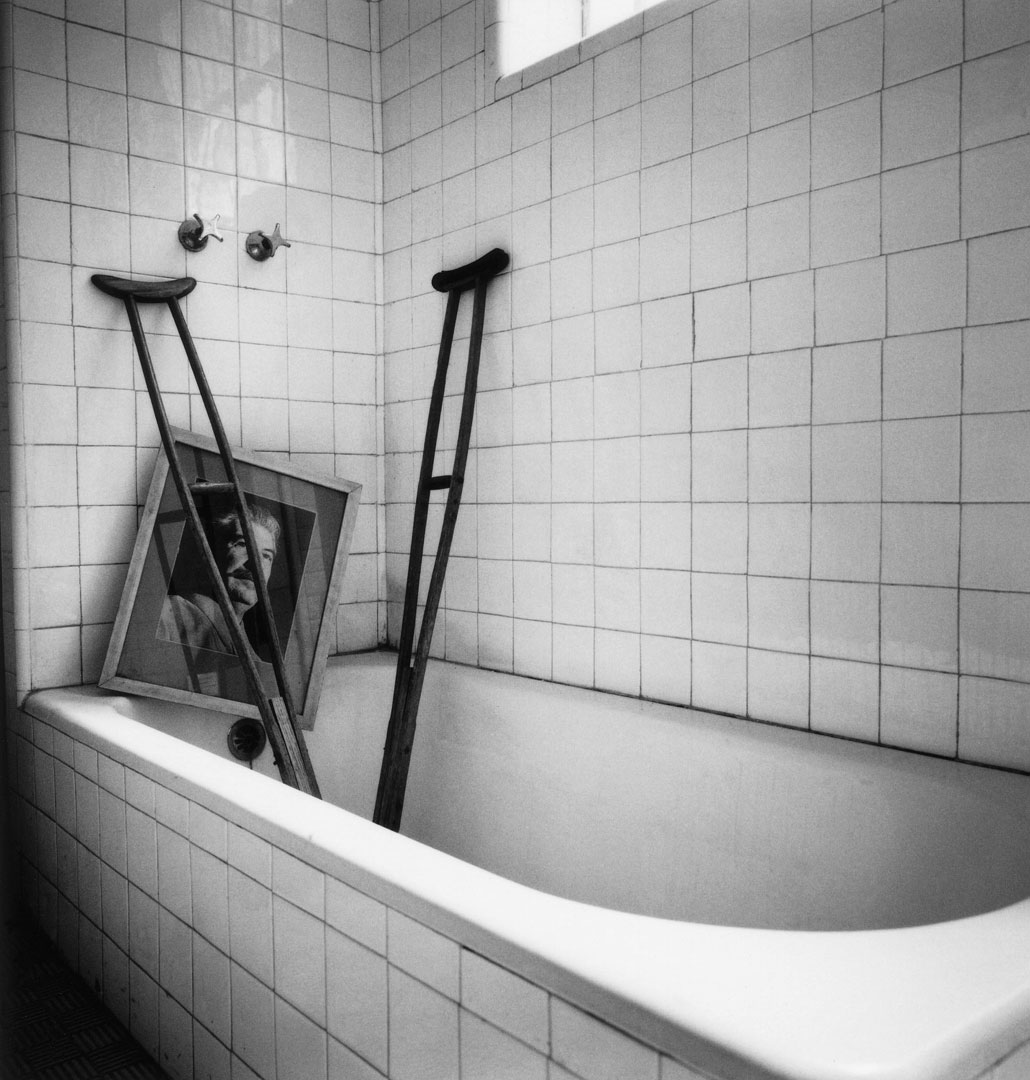

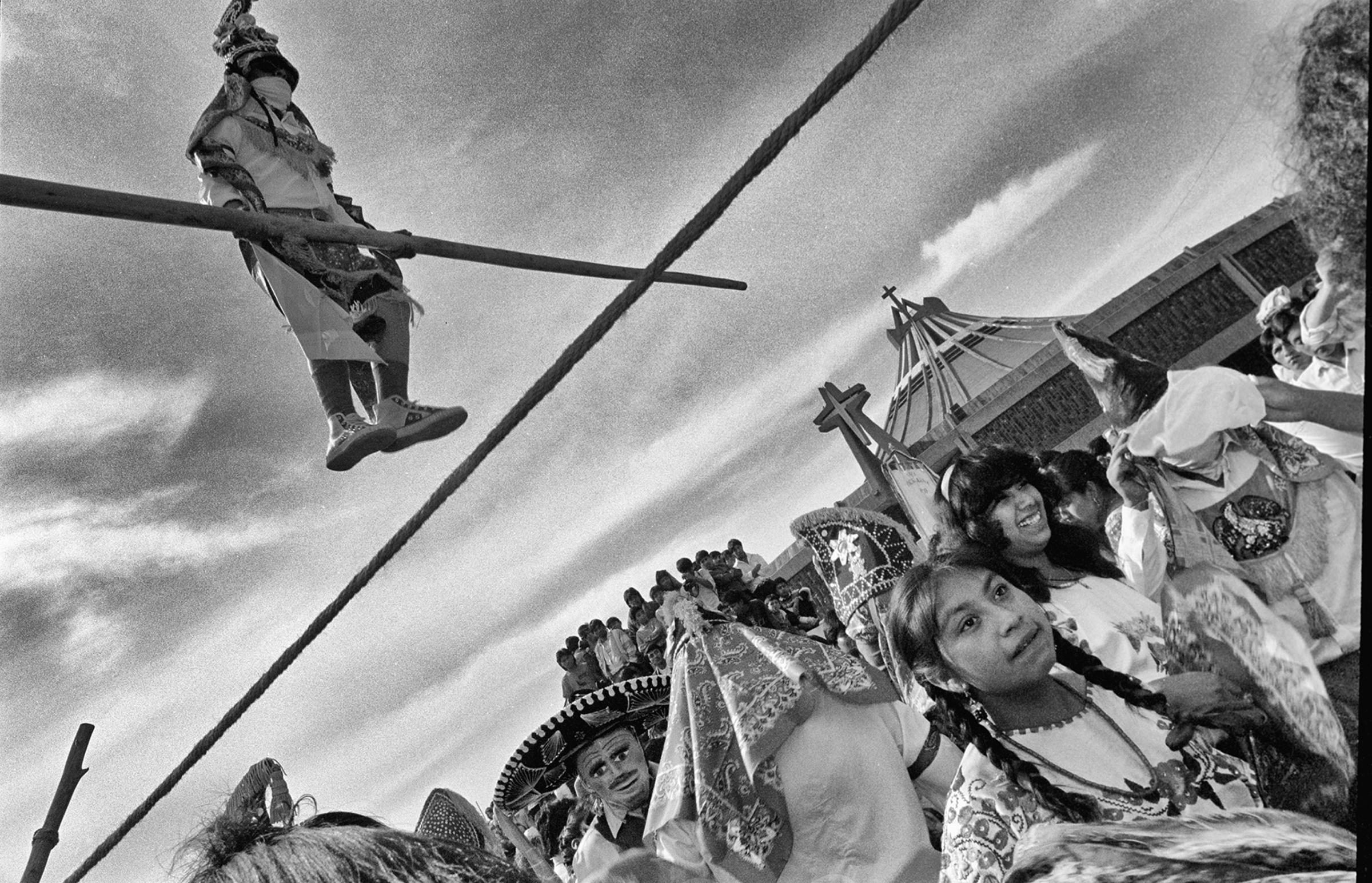
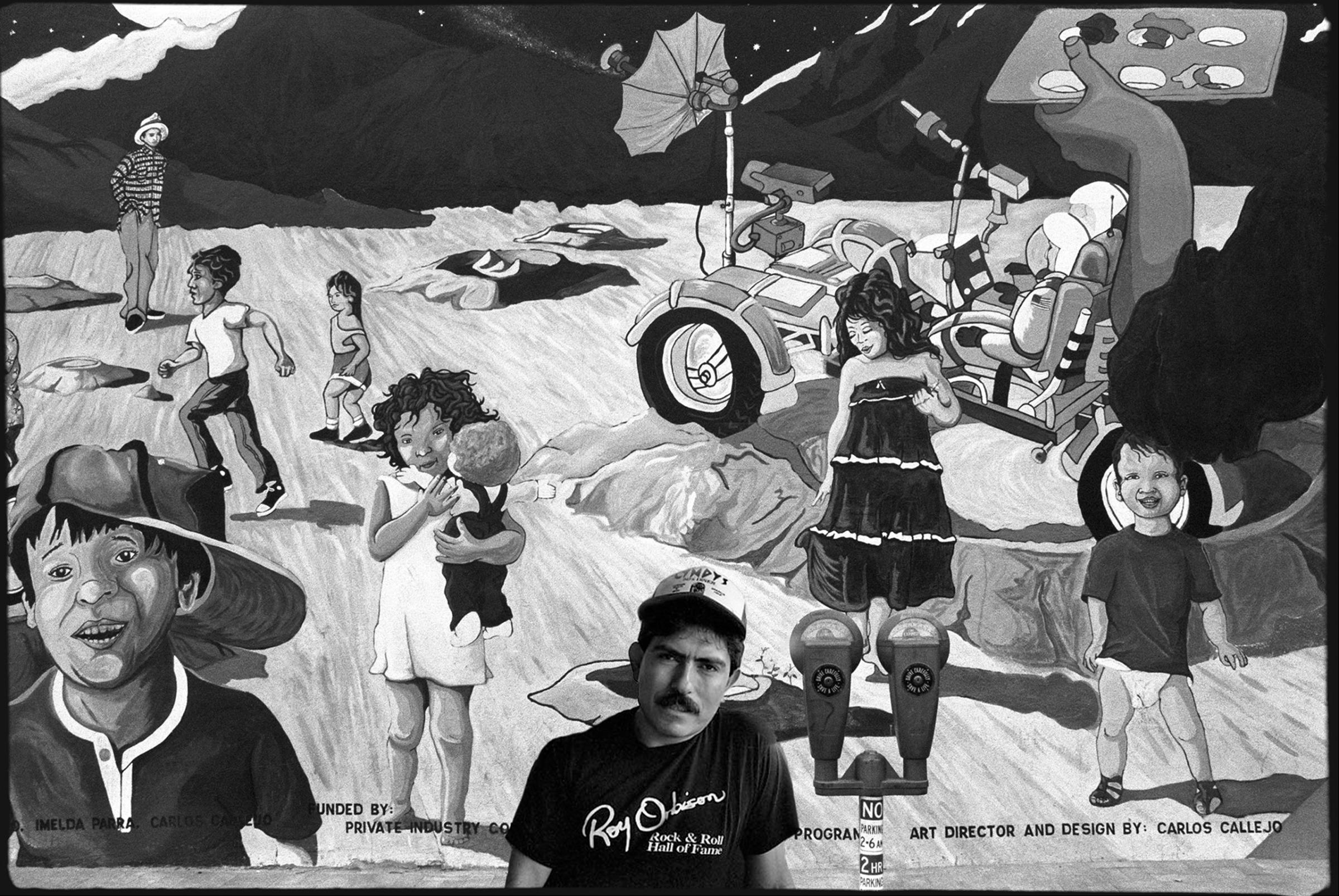
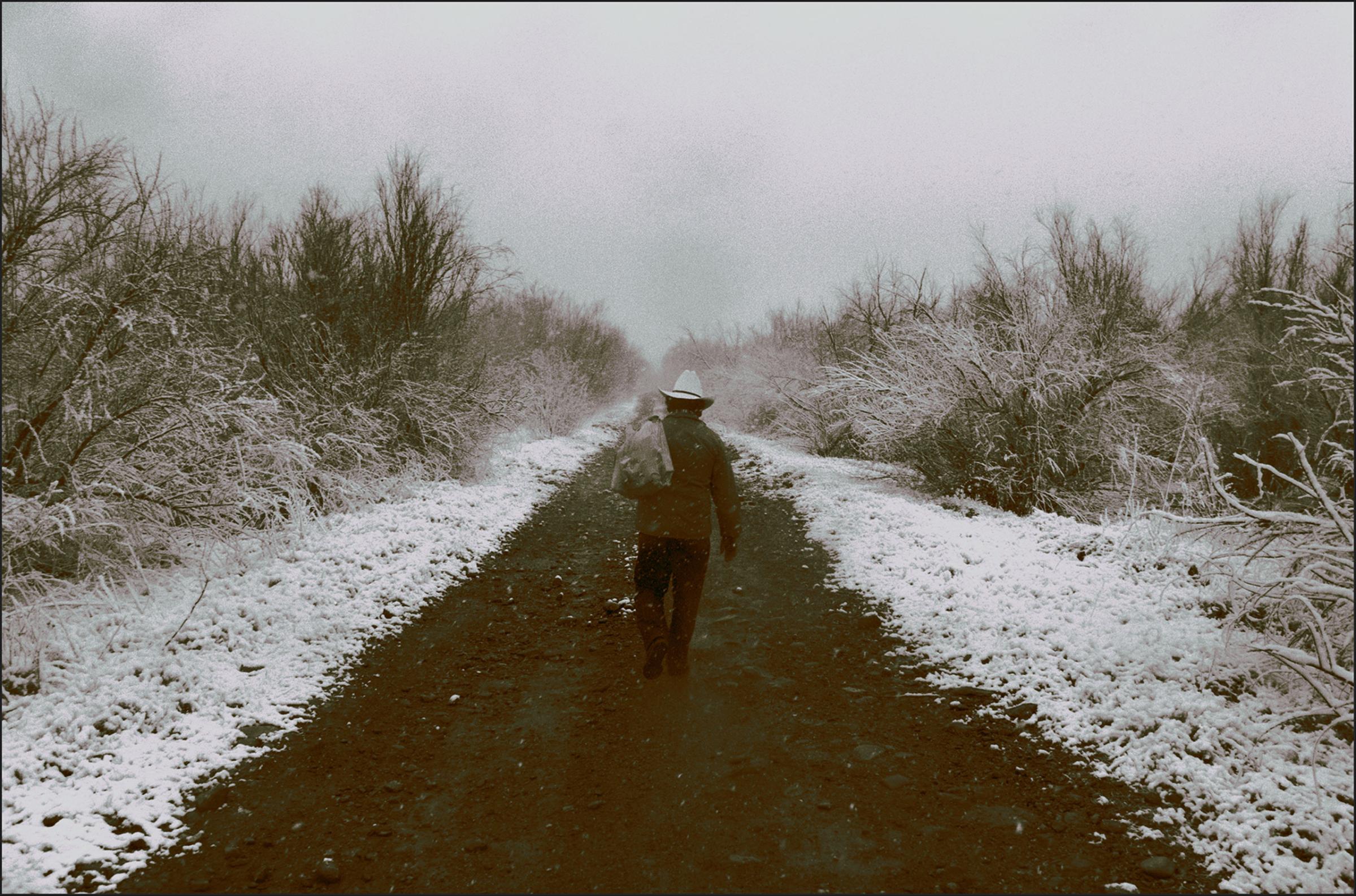
More Must-Reads from TIME
- Why Trump’s Message Worked on Latino Men
- What Trump’s Win Could Mean for Housing
- The 100 Must-Read Books of 2024
- Sleep Doctors Share the 1 Tip That’s Changed Their Lives
- Column: Let’s Bring Back Romance
- What It’s Like to Have Long COVID As a Kid
- FX’s Say Nothing Is the Must-Watch Political Thriller of 2024
- Merle Bombardieri Is Helping People Make the Baby Decision
Contact us at letters@time.com